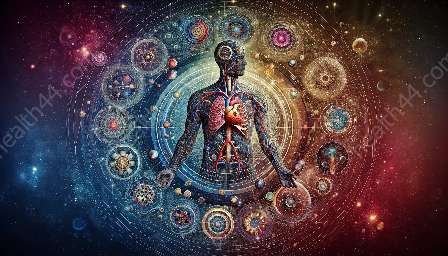The kidneys are remarkable organs that play a crucial role in maintaining the body's balance. This comprehensive guide explores the intricacies of renal physiology, encompassing the structure, function, and regulation of the kidneys.
Structure of the Kidneys
The kidneys are bean-shaped organs located in the retroperitoneal space. Each kidney consists of an outer cortex and inner medulla, housing numerous functional units known as nephrons.
Nephrons are the basic structural and functional units of the kidneys, responsible for filtering the blood and producing urine. Each nephron comprises a renal corpuscle, proximal convoluted tubule, loop of Henle, distal convoluted tubule, and collecting duct.
Function of the Kidneys
The primary function of the kidneys is the filtration of blood to remove waste products, regulation of fluid and electrolyte balance, and maintenance of acid-base equilibrium. Glomerular filtration, tubular reabsorption, and tubular secretion are the three key processes involved in kidney function.
1. Glomerular Filtration: This initial step involves the filtration of blood through the glomerulus, where small molecules such as water, electrolytes, and waste products pass into the renal tubules, forming the filtrate.
2. Tubular Reabsorption: As the filtrate moves through the renal tubules, essential substances, such as water, glucose, and electrolytes, are reabsorbed back into the bloodstream to maintain the body's equilibrium.
3. Tubular Secretion: Some substances, including excess potassium and hydrogen ions, are actively secreted from the blood into the renal tubules to be excreted in urine.
Regulation of Kidney Function
The intricate regulation of kidney function involves hormonal and neural mechanisms to ensure the body's homeostasis. Key hormones involved in renal physiology include:
- Antidiuretic Hormone (ADH): Released from the pituitary gland, ADH acts on the kidneys to increase water reabsorption, conserving body fluids.
- Aldosterone: Produced in the adrenal glands, aldosterone enhances sodium reabsorption and potassium excretion to regulate blood pressure and electrolyte balance.
- Renin-Angiotensin-Aldosterone System (RAAS): This complex hormonal system plays a critical role in regulating blood pressure and fluid balance by influencing renal blood flow and sodium reabsorption.
Kidney Disorders and Their Impact
Due to their vital role in maintaining homeostasis, any disturbance in renal physiology can lead to significant health implications. Common kidney disorders, such as chronic kidney disease, urinary tract infections, and kidney stones, can severely impact overall health and wellbeing.
Conclusion
Renal physiology is a captivating and intricate field that provides a deep understanding of the fundamental processes involved in maintaining the body's internal environment. With its relevance to physiology and medical education, this topic cluster equips learners with a comprehensive understanding of the kidneys' remarkable functions and their impact on overall health.


